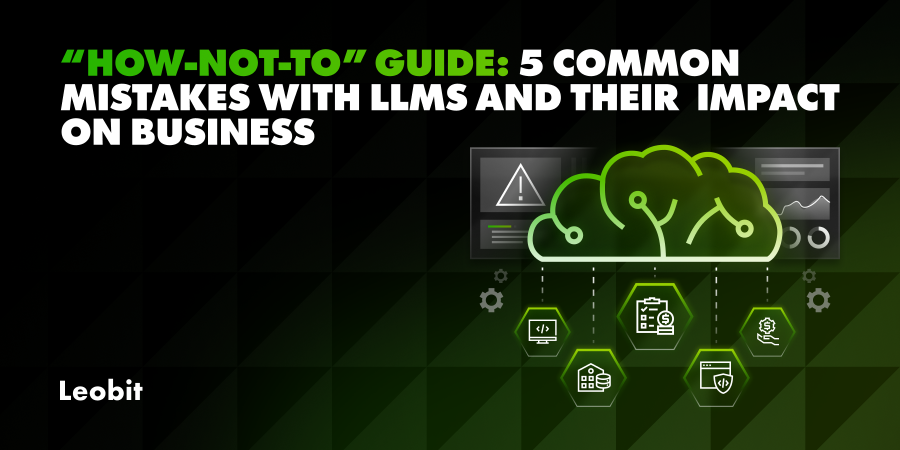Software development extends beyond engineering, it involves a range of roles that are critical to a project’s success. With 45% of software development projects running over budget on average, there’s a significant need for specialists who can support planning across the product, process, and business dimensions.
Some of these responsibilities may be handled by the customer or a project manager. However, thorough product planning, effective management, and clear approval workflows often require dedicated roles. This is where a business analyst (BA), a requirements manager (RM), and a product owner (PO) can help.
What are the differences between these roles and what workflows do they cover in a software development project?
In this article, we will describe the specific responsibilities of a business analyst, a requirements manager, and a product owner, as well as explain the value of allocating such specialists to your team.















